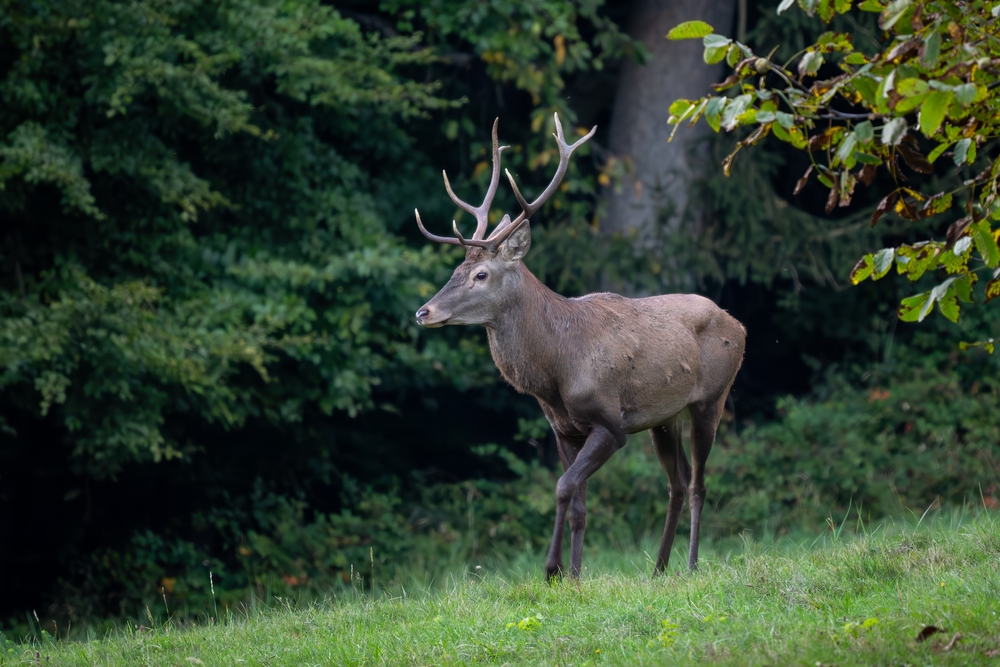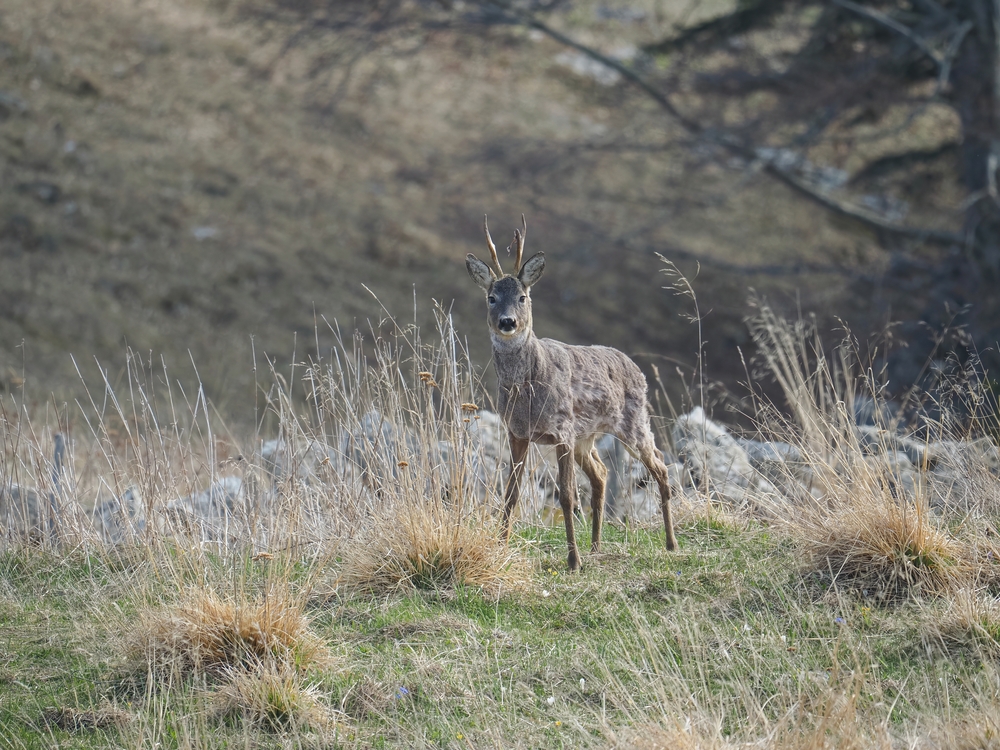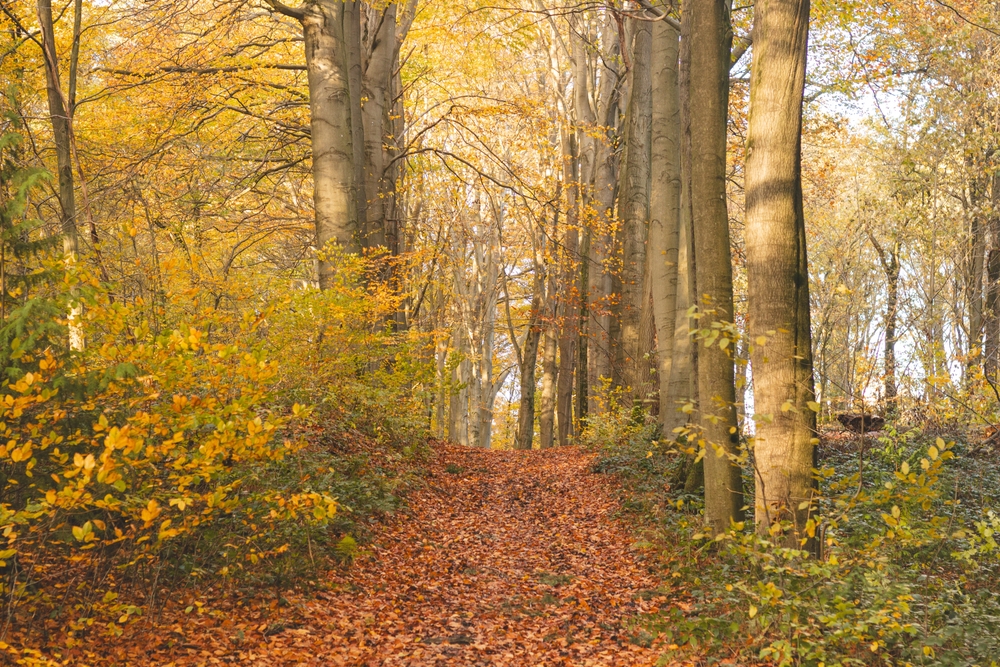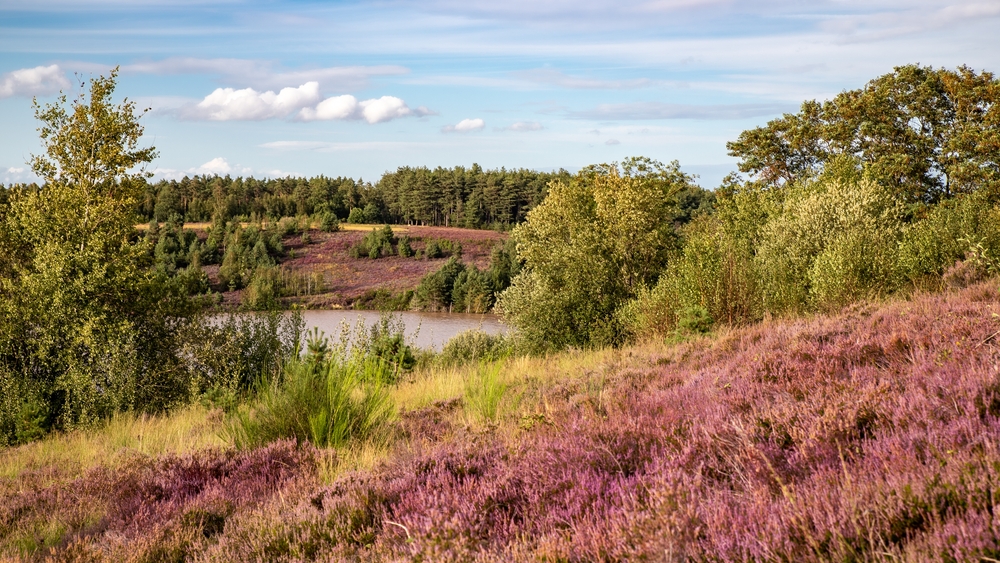L’Entre-Sambre-et-Meuse Overview
L’Entre-Sambre-et-Meuse National Park, nestled in the southern region of Belgium, spans approximately 187 square miles (484 square kilometers). It is situated between the Sambre and Meuse rivers, a geographic distinction that gives the park its name. This protected area is known for its rich biodiversity, rolling landscapes, and cultural heritage, making it one of Belgium’s most treasured natural sites.
The park serves as a living tapestry of woodlands, meadows, and wetlands, interwoven with historic villages and ancient paths that have been used for centuries. The forested areas, dominated by oak, beech, and hornbeam trees, cover a significant portion of the park and are interspersed with lush river valleys and small streams that contribute to its scenic beauty.
Notable features of the park include the Viroin Valley, a region celebrated for its karst formations, limestone cliffs, and wildflower-filled meadows that come alive in spring and summer.
The park is home to a variety of wildlife, offering visitors the opportunity to encounter an array of species. Among the mammals, the elusive red deer and roe deer can be seen wandering through the forested areas, while foxes, badgers, and wild boar thrive in the dense underbrush. Bird enthusiasts can delight in sightings of species such as the European honey buzzard, Eurasian nuthatch, and the vibrant kingfisher near the waterways.
The park also supports several species of bats, which find refuge in the park’s caves and abandoned mines. In the spring, the meadows bloom with orchids and other rare plants, attracting an array of butterflies and insects that add to the park’s vibrant ecosystem.
Visitors to L’Entre-Sambre-et-Meuse National Park often highlight its tranquility and opportunities for outdoor recreation. Hiking and cycling are popular ways to explore the network of trails that wind through the forest and across the meadows, offering stunning views of the region’s natural beauty. The park also caters to history enthusiasts, with its proximity to landmarks like the ancient Abbey of Aulne and remnants of medieval fortifications.
Seasonal festivals and traditional village events provide cultural experiences that complement the park’s natural attractions. Canoeing along the Meuse River is another way to experience the park, offering a unique perspective of its landscapes and wildlife.
The park faces several conservation challenges, primarily related to balancing human activity with ecological preservation. Issues such as habitat fragmentation, invasive species, and the effects of climate change pose ongoing threats to the park’s ecosystems. However, concerted efforts by local communities, conservation organizations, and the Belgian government have led to significant successes.
Reforestation projects, species monitoring, and sustainable tourism initiatives have helped maintain the park’s ecological integrity while fostering an appreciation for its natural and cultural heritage. L’Entre-Sambre-et-Meuse stands as a testament to the resilience of nature and the importance of preserving it for future generations.













































































